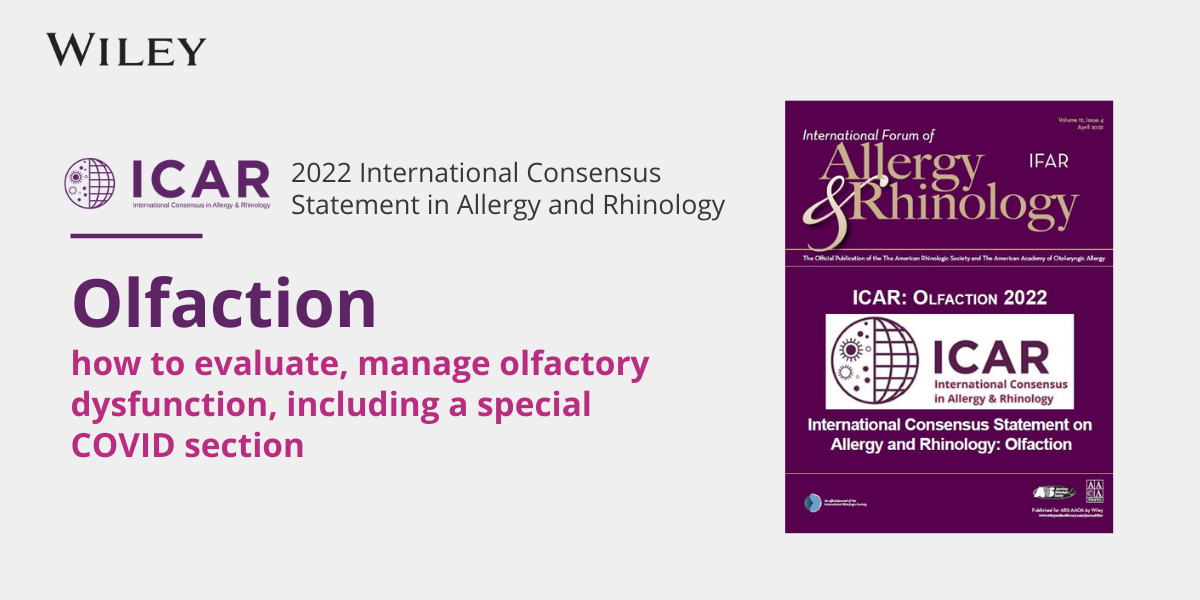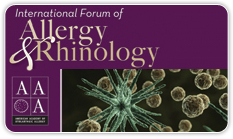Beginning January 1, the Centers for Medicare & Medicaid Services (CMS) expanded its billing policy for HCPCS code G2211 (Visit complexity inherent to evaluation and management associated with medical care services that serve as the continuing focal point for all…
Breaking News on USP Chapter 797
An updated draft of USP Chapter 797 was released today.
Updated Chapter 797 Posted for Public Comment: Separate Requirements for In-office Compounding of Allergen Extract Restored
In September 2015, the United States Pharmacopeia (USP) released a proposed updated Chapter 797 on procedures for sterile compounding. The existing chapter had provided procedures for allergen immunotherapy extracts as a separate element to processes applicable to three levels of risk for other sterile compounded products. The September 2015 draft collapsed those requirements into just two categories; treating all sterile compounds, including allergen extract, as equally and inherently dangerous. The allergy/immunology community immediately responded, sending thousands of comments expressing concern for the continuation of allergen immunotherapy, provided for more than 100 years with no data showing any infectious adverse events. The AAOA, AAAAI, and ACAAI have worked collaboratively with the American Medical Association, AAOHNS, and others to influence the next iteration of the USP Chapter 797 draft.
Today we received the updated draft. Allergen extract is restored as a separate section of the proposed chapter. The allergen extract compounding requirements address compounding personnel training and evaluation, hygiene and garbing, and updated documentation requirements, plus either installation of an ISO Class 5, Primary Engineering Control (PEC), OR a Dedicated Allergenic Extracts Compounding Area (AECA), with specifications and requirements provided for either option.
With the establishment of an AECA, including requirements for the surfaces and surrounding area, a hood is NOT required.
The requirements for an AECA include no carpeting, impervious surfaces, no outside doors or openable windows, a visible perimeter, and additional reasonable expectations for sterile compounding in the physician office. Whether you use a PEC or an AECA, compounding staff will be required to be trained and regularly evaluated on aseptic and compounding technique, mostly reflecting existing requirements but with the addition of fingertip testing and thumb sampling and appropriate incubation of samples to ensure proper sterile technique is being followed. These requirements will help maintain consistent attention to the foremost importance of ensuring patient safety. Documentation requirements for compounding procedures, temperature logs for refrigeration, and prescription set documentation reflect best practices.
The AAOA, AAAAI, and ACAAI thank our many leaders and members who have been actively engaged on this issue, as well as our collaborating organizations, and most importantly the USP Compounding Committee for protecting patient safety while maintaining patient access to allergen immunotherapy through physician in-office compounding of allergenic extracts.
If you wish to view the updated proposed Chapter 797, it is available here for download. Comments on this updated draft are due November 30, 2018. The final version of the Chapter is expected to be posted on June 1, 2019, and to go into effect as of December 1, 2019. We will be sharing additional details over the next few weeks.




